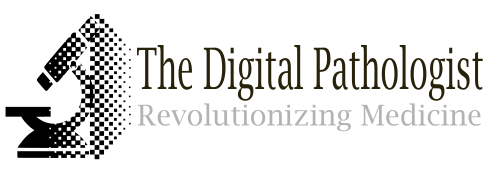Digital pathology is a cutting-edge field within medicine that involves the acquisition, management, and interpretation of pathology information in a digital format. Traditional pathology involves the examination of tissue samples on glass slides under a microscope, requiring pathologists to physically be present in the laboratory. However, with digital pathology, these slides are scanned and converted into high-resolution digital images that can be accessed and analyzed remotely using specialized software.
The integration of digital pathology into medicine is poised to revolutionize the field in several ways. First and foremost, it offers significant improvements in efficiency and accessibility. Pathologists can now review and diagnose cases from anywhere, eliminating the need for physical transportation of slides and enabling remote consultation. This allows for quicker turnaround times, particularly in areas where pathology expertise may be scarce, enhancing patient care and treatment decisions.
Moreover, digital pathology facilitates the implementation of artificial intelligence (AI) algorithms and machine learning techniques. By analyzing vast amounts of digital pathology data, AI algorithms can assist pathologists in detecting patterns, making predictions, and providing more accurate diagnoses. This collaboration between pathologists and AI systems has the potential to improve diagnostic accuracy, reduce errors, and enhance patient outcomes.
Additionally, digital pathology enables the creation of comprehensive image databases, facilitating research, education, and quality assurance initiatives. These databases can be utilized to develop reference libraries, support training programs, and compare cases for quality control purposes. Such advancements foster collaboration among pathologists, enabling the sharing of knowledge and expertise on a global scale.
Overall, digital pathology represents a transformative shift in medicine by leveraging technology to streamline pathology workflows, enhance diagnostic accuracy, and facilitate knowledge sharing. As this field continues to evolve and mature, it holds immense potential for improving patient care, enabling personalized medicine, and advancing our understanding of various diseases.
